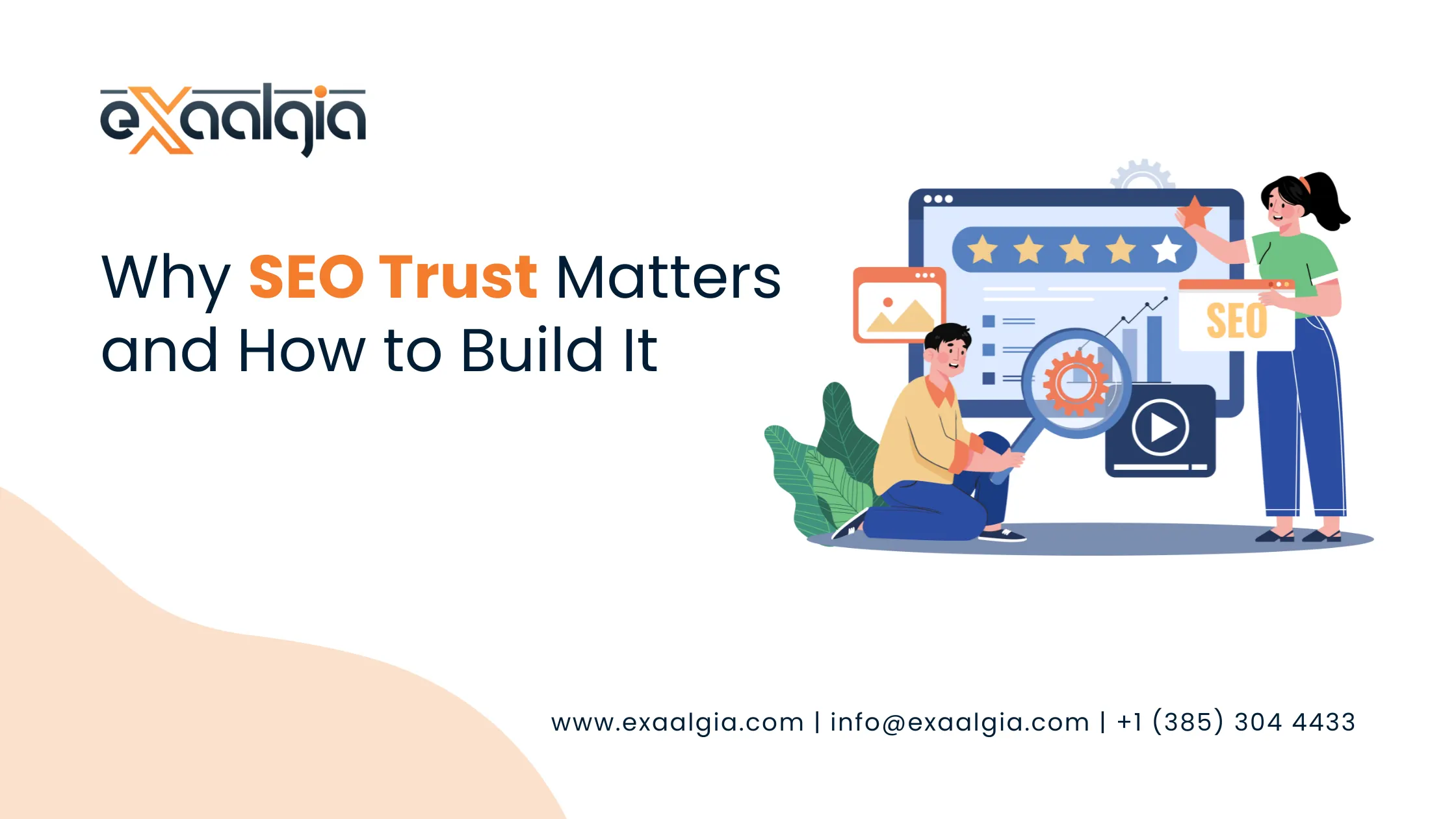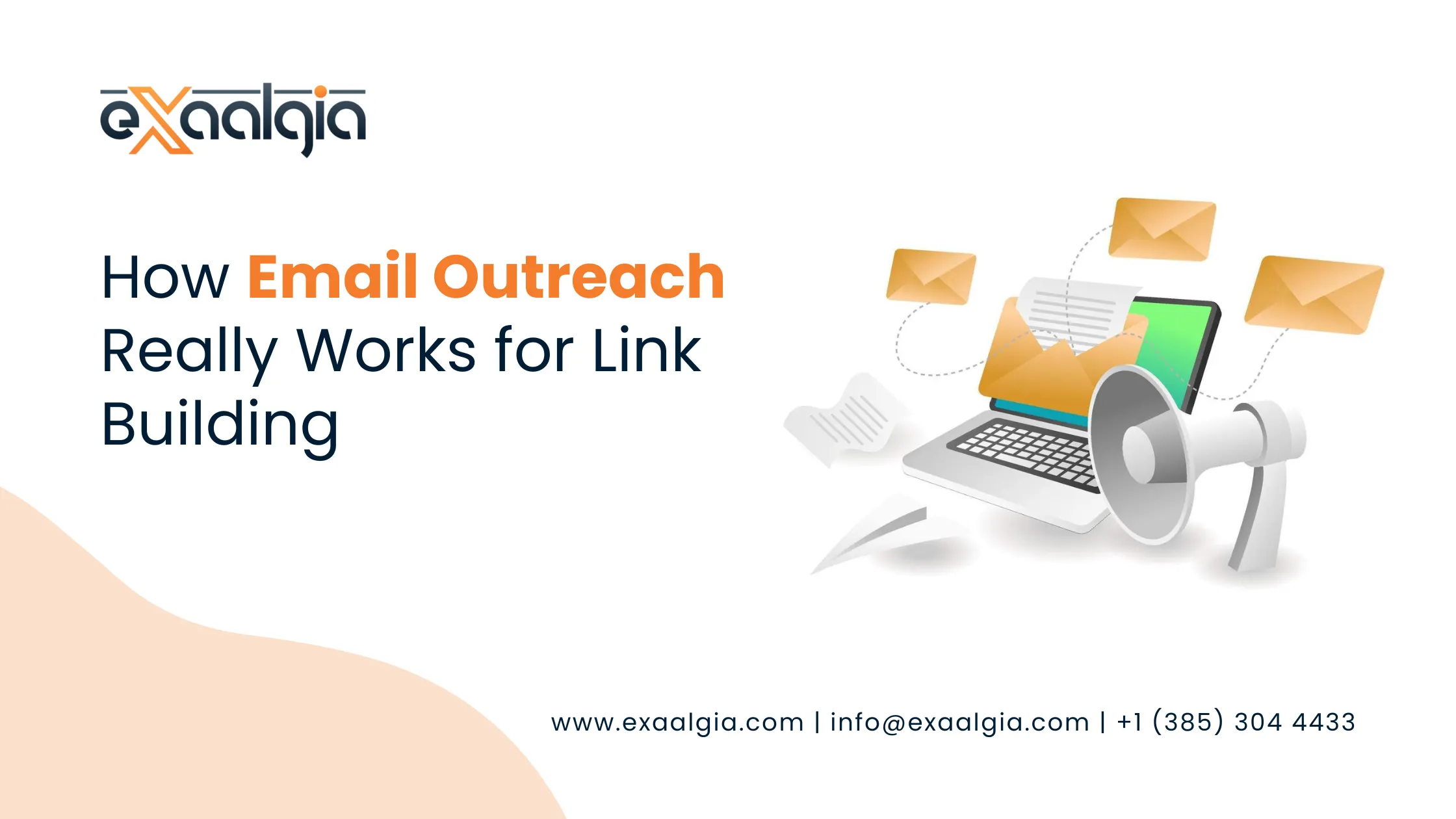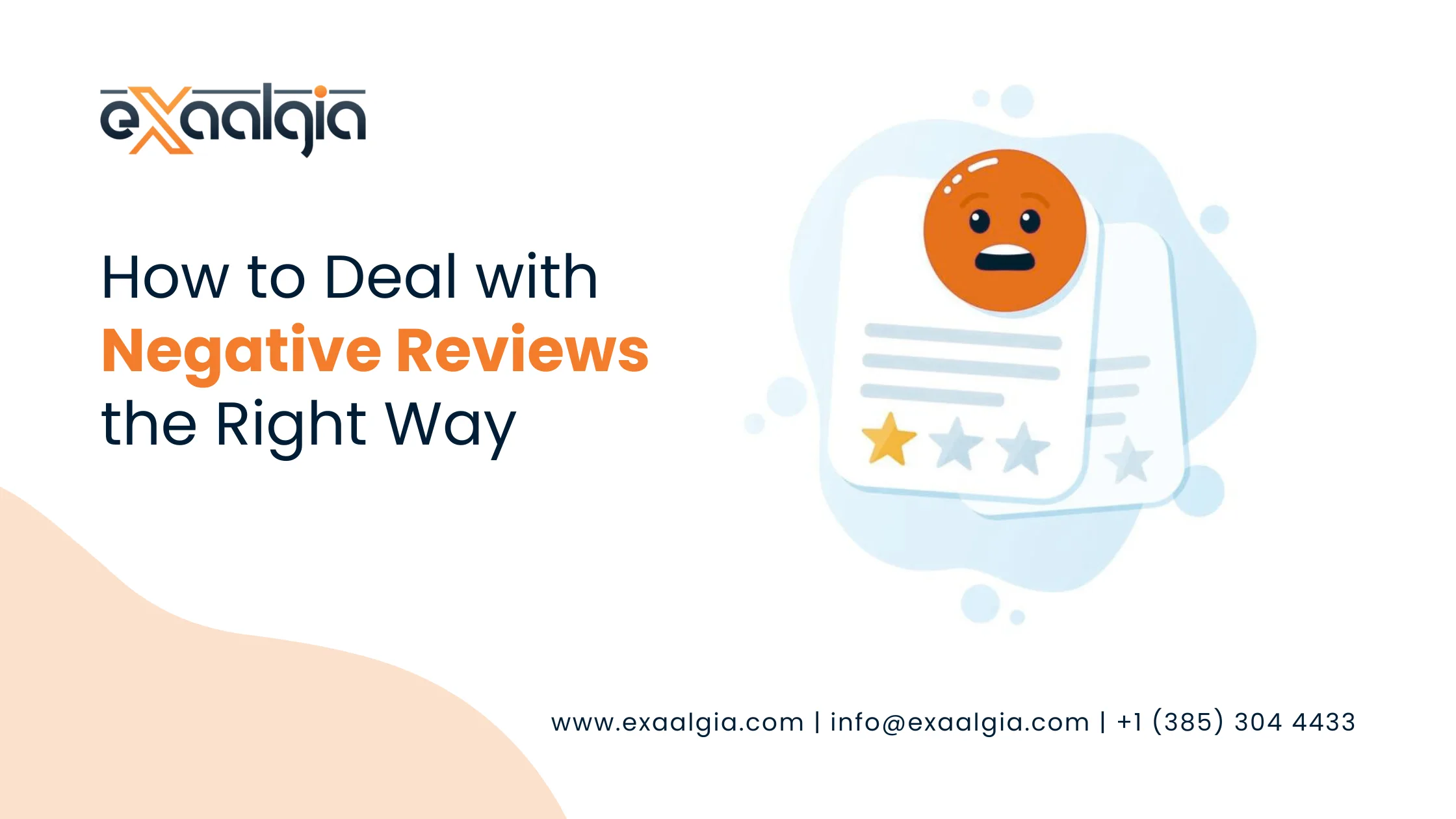A robust SEO or SEM strategy should include images optimization.
As this is one of the fastest-growing forms of online content, especially on mobile devices.
While keyword and content optimization focuses only on website content and Meta tag information and most search engines robots allow a user to search specifically for images or video.
Thus, it makes it easier for search engines to identify your images relevantly and it will help it to rank higher-bring more visitors to the website.
I have outlined several non-technical strategies SEO agency marketers can include to help their visual content rank higher.
Use Informative Image Names
Just like the actual filename of your page, search engines also crawl the name of your image when assessing relevancy. Whether you’re posting an image of your online product or service, ensure the name defines the image.
Create Alt Tag
An alt tag appears in place of an image on a webpage if the image fails to load on the user’s desktop or mobile screen. This text describes what an image is to visually impaired users and allows search engines to better crawl your website’s visual content for rankings.
Get the File Size Right
A key part of a technical SEO audit is site loading speed. If your website takes too long to open, your rankings will surely drop.
It’s that simple! One of the biggest culprits behind slow site loading time is huge images.
There are various tools available on the Internet to compress your images down to size, such as the WordPress plug-in ‘’Imsanity’’ automatically resize your images.
Add Image Structured Data
Google will not only rank your images better if you add structured data, but it will also flesh your listing out a bit more in the Image Search results of Google or Yahoo.
It will also display your pictures as rich results, thus driving more traffic to your website.
Moreover, being an experienced SEO executive you should suggest adding badges to your images. So, Google will then link the image to the source.
Use Responsive Images
Responsive image techniques are srcset, sizes, and media HTML attributes. Since version 4.4, there is native support for responsive images in WordPress.
You can simply upload images to your posts or web pages, WordPress will create a number of similar images in different sizes and will automatically fetch those users depending on the device they’re currently using.
If you’re not using WordPress you can make responsive images using CSS.
Use Image Site Map
For Image SEO purposes, you can further enrich your sitemap to provide information about your images or use a dedicated image sitemap.
To provide Google with information regarding images on the website, the site owner should add relevant details to the sitemap. This includes the type of image, subject, caption, title, location, and license. The process enables site owners to identify the right images on each page that are more important.
Note: In case you use the YOAST SEO plugin to generate the XML sitemap, then images are already included so you don’t need a separate sitemap for images.
Talk to us to know more information on images optimization. Fill out this contact form.
Read more images optimization blog – SEO Image Optimization – Why it is important?







